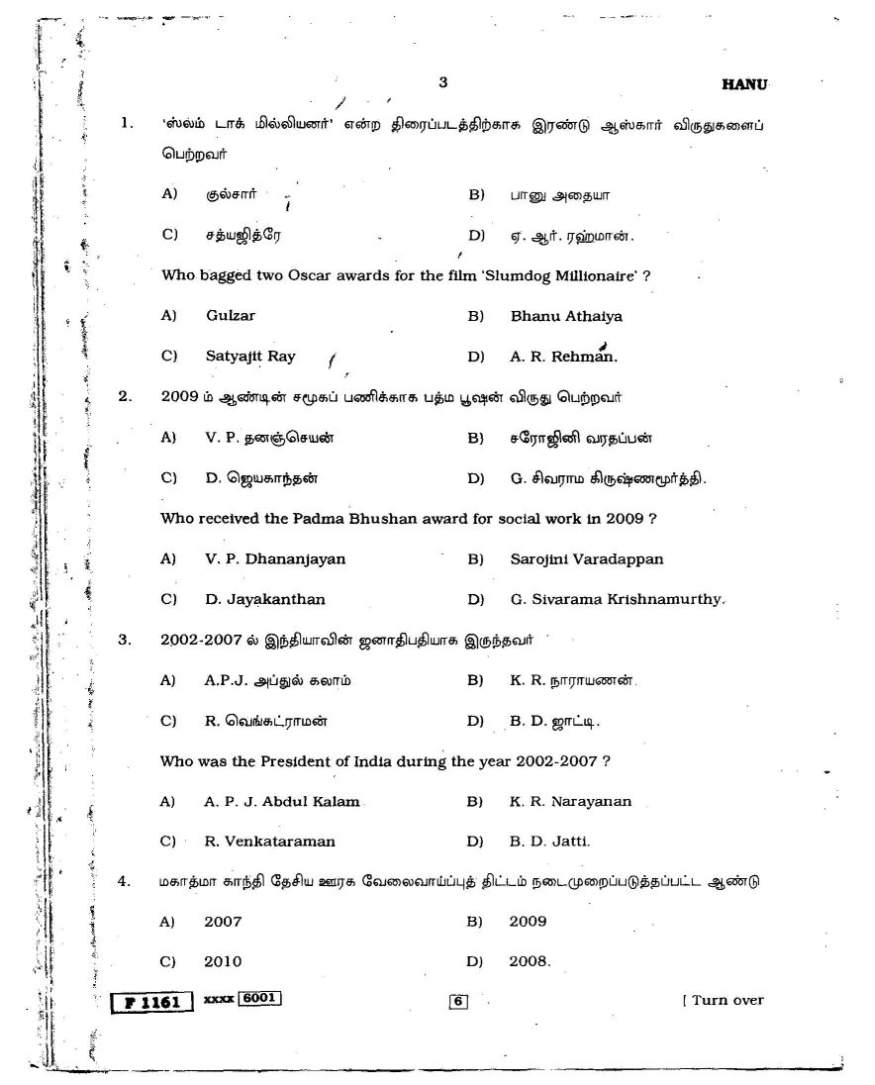


Which was that popular book?ģ6) In her well-known book Silent Spring, which insecticide was referred by Rachel Carson for its adverse effects?ģ7) Which among the mammals on earth is the slowest in terms of their mobility?Īnswer: Sloth (can be seen in South American jungles).ģ8) In 1976, a convention was conducted in Barcelona on account of the pollution of a sea and for taking the measures to clean it. What is its name?Īnswer: Musk Ox, found in Canada and Denmark.ģ4) Which programme of the United Nations coordinates the organization’s environmental activities and assists developing countries in implementing environmentally sound policies and practices.Īnswer: United Nations Environment Programme.ģ5) Rachel Carson, an environmentalist, wrote a book in 1962 which was a best seller in the environmental genre. Of animals and plants.Ģ7) When there is a discharge of sulfur dioxide into the atmosphere, it will cause _Ģ8) Partial decay of sphagnum moss results in the formation of _ on bogs which grows 1 mm per year.Ģ9) Name the Asian country which is polluted by the trash due to commercial mountaineering and also called the world’s highest rubbish dump.ģ0) Name the British Islands which includes Burgar Hill, where there the most productive wind turbine is located.ģ1) In which year alligator weed was discovered for the first time?ģ2) Distinguish whales and whale sharks biologically.Īnswer: The whale shark is a fish whereas the whale is a mammal.ģ3) Cite the places where you can see the biggest species of Ox on earth.

General Environment Quiz Questions Part 2 (26-50)Ģ6) According to CITES agreement, protection should be given to _Īnswer: Endangered species. Which is that wonder of the world?ġ9) Animals which are lively in the daytime and rest in the night are called?Ģ0) Animals which rest at night and lively during the daytime are termed as _Ģ1) Among chemical fertilisers, the two commonly used ones are_ and _Ģ2) How do wastewater treatment plants or sewage treatment plants work?Īnswer: The polluted water from factories can be treated in sewage treatment plants to control water pollution.Ģ3) Name the country in Europe which uses its underground hot water current for heating their 85% of housing.Ģ4) When smoke reacts with industrial fog _ will be formed.Ģ5) In Great Britain, there are some land areas which are kept in reserve for an open space, most often around larger cities. Name it.ġ3) Which animal’s habitat and habit have still ambiguity among environmental scientists?ġ4) The water in its body is reused by which animal to retain its body moisture?ġ5) Which was the worst-ever nuclear tragedy in history?ġ6) How does the soil adversely affected by the acid rain?Īnswer: The soil becomes acidic which reduces the growth of crops.ġ7) Name the major cause for ozone layer thinning or depletion?Īnswer: The use of chlorofluorocarbon by man.ġ8) One of the seven wonders of the world, which is also in India has got affected by air pollution from industry in its premises. Top Environment Quiz Questions Part 1 (1-25)ġ) What was the side effect of the use DDT in birds?Ģ) Which rays from the sun is affecting the people who live in the higher altitude areas above the sea level?ģ) The dumping wastes from _becomes a major threat to the environment and soil in this technological era.Ĥ) The gas which becomes a potential health hazard which is released to the air by the transportation is _ĥ) _ is one of the main reason of noise pollutionĪnswer: Sonic booms produced by aircraft.Ħ) The gas which has a major role in the Greenhouse Effect is?ħ) _are the fertilisers readily soluble in water and quickly available to the plants so that they are given through the water in large quantities.Ĩ) The spiral which explains the effect of wind on the ocean mathematically is?ĩ) Which earthworm is considered as the biggest in terms of its size?Īnswer: The South African Giant Earthworm.ġ0) Rain polluted by acid that has been released into the atmosphere from factories and other industrial processes is known as _ġ2) There is a layer in the upper part of the atmosphere which prevents the sun’s harmful UV rays to enter into earth’s surface and acts as a protective cover for the earth. 101 Environment Quiz Questions and Answers


 0 kommentar(er)
0 kommentar(er)
